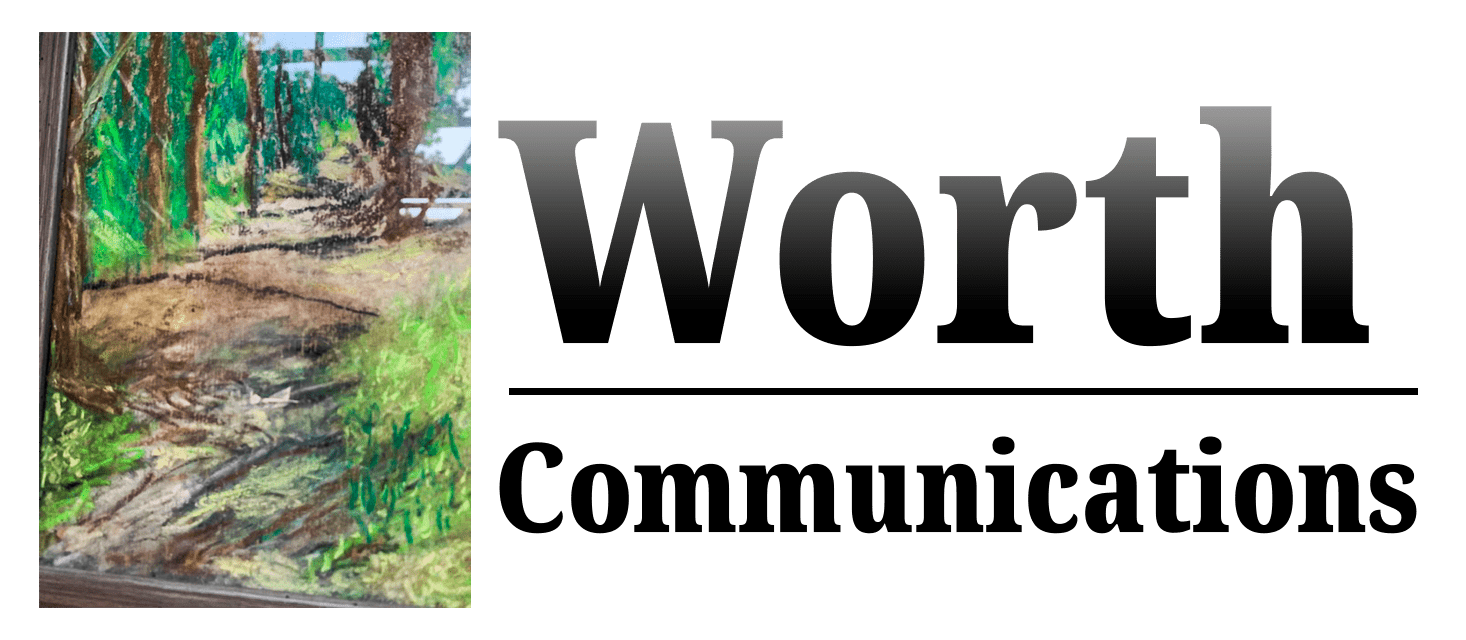This year we celebrate the 250th anniversary of the American Revolution, which technically began on September 5, 1774, when the First Continental Congress met at Carpenter’s Hall in Pennsylvania. Delegates to the Convention had been sent to the Congress by all the colonies except Georgia–the last colony to be founded. The meeting came in response to the passage of the so-called Intolerable Acts by the British Parliament in response to the Boston Tea Party of 1773. These acts closed the port of Boston, among other things, cutting off food and other supplies necessary to sustain the city’s people. Many of the colonies sent supplies–including cows and sheep–in response to the Parliament’s strong action. Throughout the colonies, there were demonstrations and petitions decrying the action of Parliament. About this same time, General Thomas Gage–the Commander-in-Chief of British forces in America and the Governor of Massachusetts–was busy warning the government in London that the situation was getting out of control. He also advised that the King should send a large force to America because half-measures would not be enough to contain a possible rebellion that loomed on the horizon.
General Gage was a veteran of the American colonial theater. He had fought during the French and Indian War at the Battle of the Monongahela in 1755 when General Edward Braddock and his soldiers were ambushed and massacred by the French and their Indian allies as they marched toward Fort Duquesne. Later he became governor of Montreal after it was conquered, and finally, he replaced General Jeffrey Amherst as Commander-in-Chief of North America. Gage had a very difficult job dealing with threats from the Native American tribes, repairing the British forts that stretched across the wilderness, manning these posts with ever-changing contingents of troops, and enforcing the Proclamation of 1763, preventing American traders and settlers from moving westward. Gage was highly praised for his work, by Americans and British officials alike. However, he was not suited to the task of dealing with a rebellion and the gathering of colonial militia to respond to British occupation forces. In fact, no one in the British army could fulfill this role.
Meanwhile, the American representatives in Philadelphia had enacted a non-importation pact designed to put pressure on British merchants, who, they hoped, would lobby Parliament to rescind the Intolerable Acts. But the Congress refused to budge. Although there were some moderates at the Congress, like Joseph Galloway of Pennsylvania, many others wanted to take a tough stance against Parliament. These included Patrick Henry, a delegate from Virginia; as well as John and Samuel Adams, delegates from Massachusetts. George Washington, who would be chosen as Commander-in-chief of the Continental Army, also attended the convention as a delegate from Virginia, along with Peyton Randolph, who became president of the First Continental Congress. Some would also attend the Second Continental Congress in 1775.
These Americans had already sustained more than enough from the British Parliament and the autocratic George III. They were not yet a majority ready to vote for independence, but they called for representation in the Parliament in exchange for paying taxes to the English Crown. They had read John Locke and other 18th-century philosophers who decried autocracy, believing that it must be opposed. Before another year had passed, they would take the final steps necessary to defy an autocrat and declare independence

